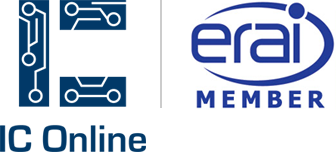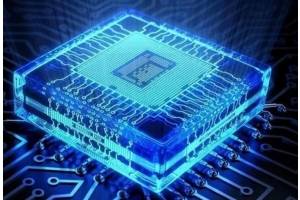According to a recent report from the Okinawa Institute of Science and Technology Graduate University (OIST) published on their website, a new extreme ultraviolet (EUV) lithography technology has been developed, surpassing the existing standards in semiconductor manufacturing. This innovative design enables the lithography equipment to utilize a smaller EUV light source, consuming less than one-tenth of the power of traditional EUV lithography machines. This advancement not only reduces costs but also significantly enhances the reliability and lifespan of the machines.
In conventional optical systems, such as cameras, telescopes, and traditional ultraviolet lithography, optical components like apertures and lenses are symmetrically aligned along a central axis. However, this arrangement is unsuitable for EUV rays due to their extremely short wavelengths, which are mostly absorbed by materials. Consequently, EUV light is guided using crescent-shaped mirrors, causing the light to deviate from the central axis, thereby sacrificing essential optical properties and reducing overall system performance.
To address this challenge, the new lithography technology employs two axially symmetric mirrors with small central holes aligned along a straight line to achieve the desired optical characteristics.
Due to the high absorption rate of EUV, each mirror reflection results in a 40% energy reduction. Industry standards indicate that only about 1% of EUV light source energy reaches the wafer after passing through 10 mirrors, necessitating very high EUV light output.
In contrast, by limiting the number of mirrors reflecting EUV light from the source to the wafer to four, more than 10% of the energy can penetrate the wafer, significantly reducing power consumption.
The core projector of the new EUV lithography technology, which transfers the photomask image onto the silicon wafer, consists of just two mirrors, resembling a telescope. The team describes this configuration as surprisingly simple since traditional projectors require at least six mirrors. This is achieved through a rethinking of the optical aberration correction theory, and its performance has been verified through optical simulation software, ensuring compliance with advanced semiconductor production requirements. The team also devised a novel illumination optical method called "dual-line field," which uses EUV light to illuminate the flat mirror photomask from the front without interfering with the light path.





